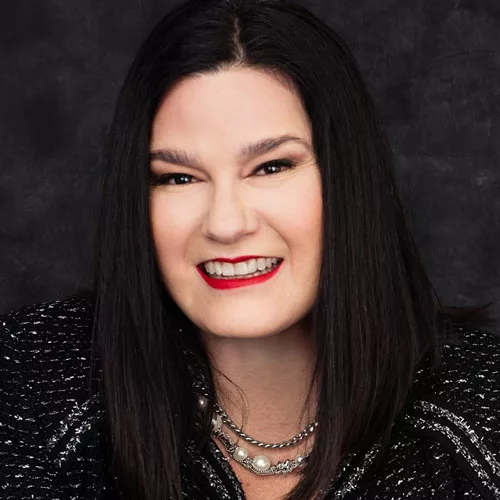
Quite simply, cash flow—the money flowing in and out of our businesses each month—is important because our businesses can’t run without it. In fact, according to the Small Business Administration (SBA), a lack of it is a main reason why small businesses fail, and with the challenges of COVID-19, that’s a real concern.
So what can we do as women business owners to ensure we remain in a positive cash flow situation where we have more money coming in than going out, including enough to pay bills and a small cushion for surprises?
For many of us, the answer this year has been relief available for small businesses, like the Paycheck Protection Program (PPP), the SBA’s disaster loan program that gave businesses cash to keep or re-hire employees, and the Economic Injury Disaster Loan (EIDL) program, which gave emergency advances while businesses went through the process. Some businesses have also taken advantage of the employee retention tax credit, included in the CARES Act to provide a refundable payroll tax credit for 50 percent of qualified wages paid to employees during the pandemic.
The problem remains, however, that most businesses have seen a decrease in money earned during this time. A few months back, NAWBO conducted a COVID Survey. The results showed that as the pandemic spread into its fifth month, 60% of respondents had seen a decrease in revenue. Moreover, if states must shutter again, 38% were concerned about their businesses failing, with the vast majority of those believing they only had 3-9 months to stay afloat. Many NAWBO members took advantage of federal assistance programs, with 41% applying for the EIDL, and 56% applying for a PPP loan. For the complete results, click here to see the survey infographic.
That brings us back to managing cash flow, which is more critical than ever. Here are a few things you can do to help avoid a cash flow emergency as we continue to recover from COVID-19’s impacts and refocus on growth:
- Control inventory. Having too much inventory ties up cash. Keep track of it so you can estimate your needs better.
- Collect receivables. Set up a collections schedule, using an accounts receivable aging report as your guide. Follow up with non-payers.
- End unprofitable relationships. Decide when it’s time to end a relationship with someone who never pays.
- If you don’t already, use a cash flow statement. The best way to keep track of cash flow is to run a report. This shows cash received and paid out to ultimately show your cash position at the end of each month and get an overall indication of your business’ health. For a 12-month cash flow statement template from SCORE, click here.
Wishing you positive cash flow (or a quick return to it)!


